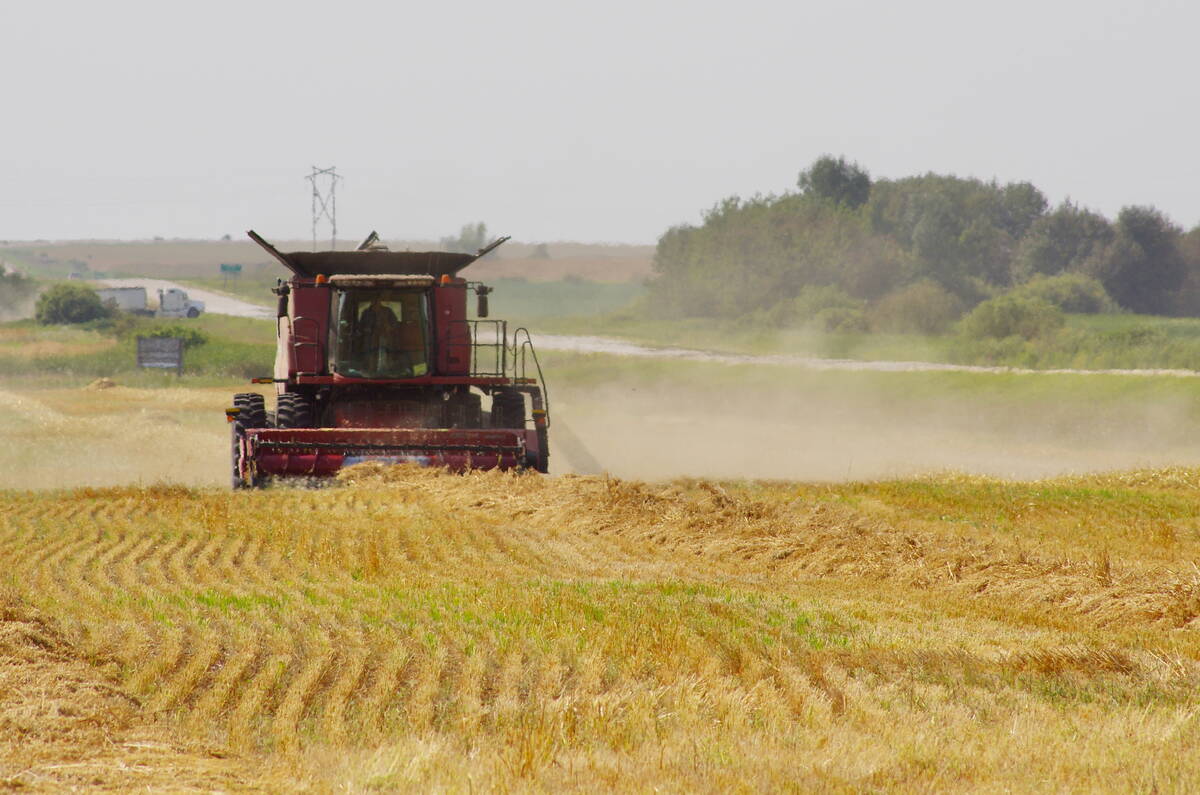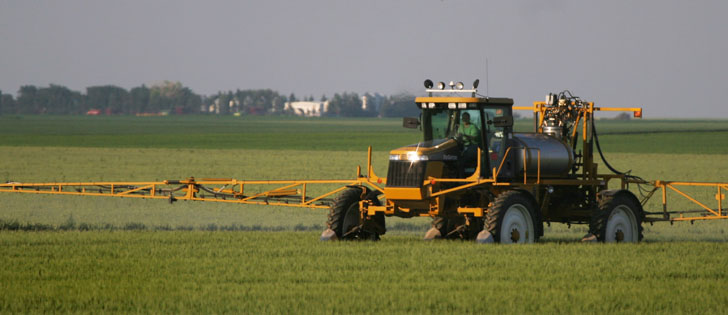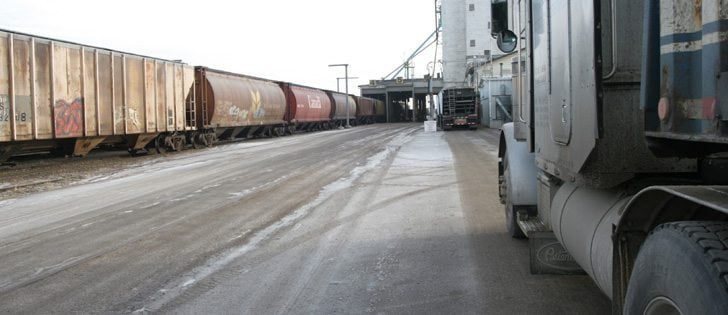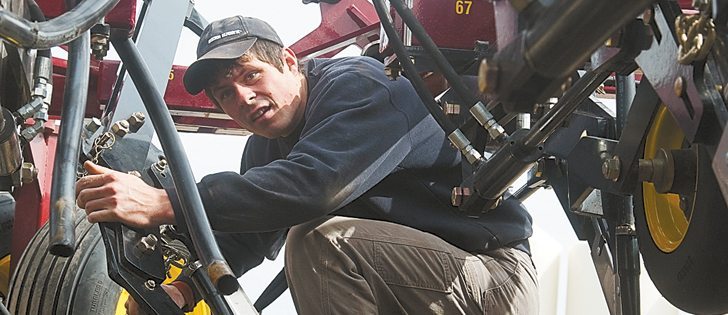GEORGETOWN, Ont. — Canola acres may be reaching a plateau in Western Canada, but yields are nowhere near their potential, according to a leading seed company.
“We’re really just in the beginning, the early stages,” Dave Charne, global canola research director for DuPont Pioneer, told a group of journalists touring the company’s Georgetown Research Centre.
He called canola yield advancements during the past decade remarkable.
The crop’s rolling average yield was 24.9 bushels per acre in 2000, according to field data collected by Statistics Canada.
Read Also

Herbicide resistance sprouts in Manitoba’s wild oats
Farmers across Manitoba this fall are gearing up for the latest salvo in what, for many, has become a longtime battle to beat out wild oats.
Ten years later, the rolling average had surged to 32.6 bu. per acre.
That’s a yield gain of about three percent per year, compared to North American corn yield increases by two percent per year over the same period.
“That’s an industry that is manyfold the size of canola with a lot bigger research engine,” said Charne.
Half to two-thirds of the yield improvement can be attributed to the widespread adoption of hybrids and herbicide tolerant canola in Canada.
The rest comes from better crop protection products, seed treatments and equipment and from the shift to no-till farming.
Charne said canola still has untapped yield potential. Hybrids are in their third breeding cycle compared to corn, which is well beyond 10.
“We’re probably going from elementary school to secondary school and corn is out there in the prime of life.”
He said it won’t take canola nearly as long to achieve the yield advancements of corn because of technological innovations and better breeding practices.
Molecular breeding, doubled haploid production and winter nurseries are three examples of new tools breeders use to speed up the process.
However, Charne said the quickest way to boost yields is to get the most out of the potential contained in today’s germplasm.
He routinely sees 60 bu. per acre canola crops in DuPont Pioneer’s large plot field trials, where the country’s top farmers are growing the company’s best varieties.
The potential is higher than that. A grower in Alberta recently won DuPont Pioneer’s yield contest by harvesting a 91 bu. per acre canola crop, although that is a rarity because of bad weather, disease and insects.
The new Protector lines of canola with clubroot and sclerotinia resistance may help, Charne said.
Canola traits now in development at DuPont Pioneer include:
- greater sclerotinia resistance
- new clubroot resistant varieties
- earlier maturing varieties without significantly lower yields
- blackleg resistant varieties with strong multi-race resistance
- high oil varieties that deliver two percent more oil content than the Canada No. 1 average
- varieties with shatter and pod drop resistance
- stress tolerant varieties with improved cold, heat and drought tolerance
- Liberty Link and Optimum GLY herbicide tolerant lines, which should be commercially available by about 2015.
















